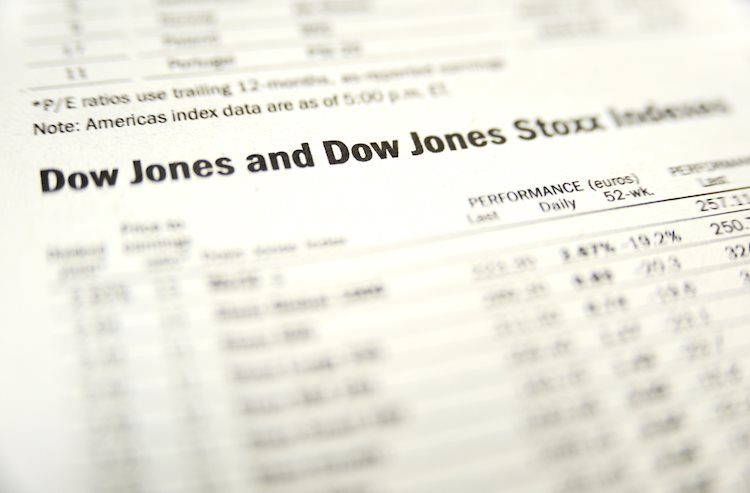Talking Points on the Australian Dollar Following the Reserve Bank of Australia (RBA) interest rate decision, the AUD/USD traded to a new yearly low (0.7417) as Governor Philip Lowe defended the dovish forward guidance for monetary policy, and a move below 30 in the Relative Strength Index (RSI) is likely to be accompanied by a further decline in the exchange rate, similar to the previous month’s behavior.
Advertisement
AUD/USD Trades to New 2021 Low as RBA Defines ‘Full Employment’ AUD/USD extends a string of lower highs and lows from earlier this week as RBA Governor Lowe says “it is likely that the unemployment rate will need to be sustained in the low fours for the Australian economy to be considered to be operating at full employment” while speaking at an event hosted by the Economic Society of Queen’s University.
As a result, Lowe insists that the RBA will “continue to provide the monetary support that the economy requires as it transitions from the recovery phase to the expansion phase,” adding that “we will be reviewing the size of our bond purchases again at our November meeting,” as the board relies on unconventional tools to meet its policy goals.
Lowe emphasizes that “we want to see results before we adjust interest rates,” and it appears that the RBA will maintain its present monetary policy path at its next interest rate decision on August 3 since “inflation will not be sustainably within the 2 to 3 percent target range until 2024.”
Until then, it’s unclear whether the drop from the February high (0.8007) is a change in AUD/USD behavior or a correction in the broader trend, given the RBA and Federal Reserve’s divergent paths, but the recent shift in retail sentiment could coincide with a further depreciation in the Australian Dollar, similar to what happened earlier this year.
According to the IG Client Sentiment report, 63.56 percent of traders are currently net-long AUD/USD, with a long-to-short ratio of 1.74 to 1. The number of traders who are net-long is up 5.02 percent from yesterday and down 5.80 percent from last week, while the number who are net-short is down 4.68 percent from yesterday and down 11.71 percent from last week. The drop in net-short interest comes as the exchange rate trades to a new yearly low (0.7417) in July, despite the decline in net-long positions. Last week, 50.81 percent of traders were net-long AUD/USD, while the drop in net-long interest comes as the exchange rate trades to a new yearly low (0.7417) in July. That said, AUD/USD weakness could continue to coincide with a shift in retail sentiment, as it did earlier this year, and upcoming developments in the Relative Strength Index (RSI) could show the bearish momentum gathering steam as it tracks the downward trend established in May and approaches oversold territory. Daily Chart of the AUD/USD Exchange Rate Trading View is the source of this information. Keep in mind that the AUD/USD pair formed a head-and-shoulders pattern earlier this year as it traded to a new 2021 low (0.7532) in April, but the exchange rate negated the major reversal pattern after failed attempts to close below the neckline around 0.7560 (50 percent expansion) to 0.7570. (78.6 percent retracement). The AUD/USD exchange rate, on the other hand, has fallen below the 200-Day SMA (0.7572) for the first time in almost a year, driving the Relative Strength Index (RSI) into oversold territory for the first time since March 2020. The bearish momentum may be gathering steam as the RSI maintains the downward trend established in May, with a move below 30 in the oscillator expected to be accompanied by a further decrease in the exchange rate, similar to the previous month’s price action. A close below the Fibonacci overlap around 0.7440 (23.6 percent expansion) to 0.7500 (50 percent retracement) puts the 0.7370 (38.2 percent expansion) to 0.7380 (61.8 percent retracement) area on the radar, with a move below the December 2020 low (0.7338) putting the 0.7180 (61.8 percent retracement) to 0.7210 (78.6 percent retracement) area on the table. —- Currency Strategist David Song wrote this article. @DavidJSong is my Twitter handle./n
Read More



